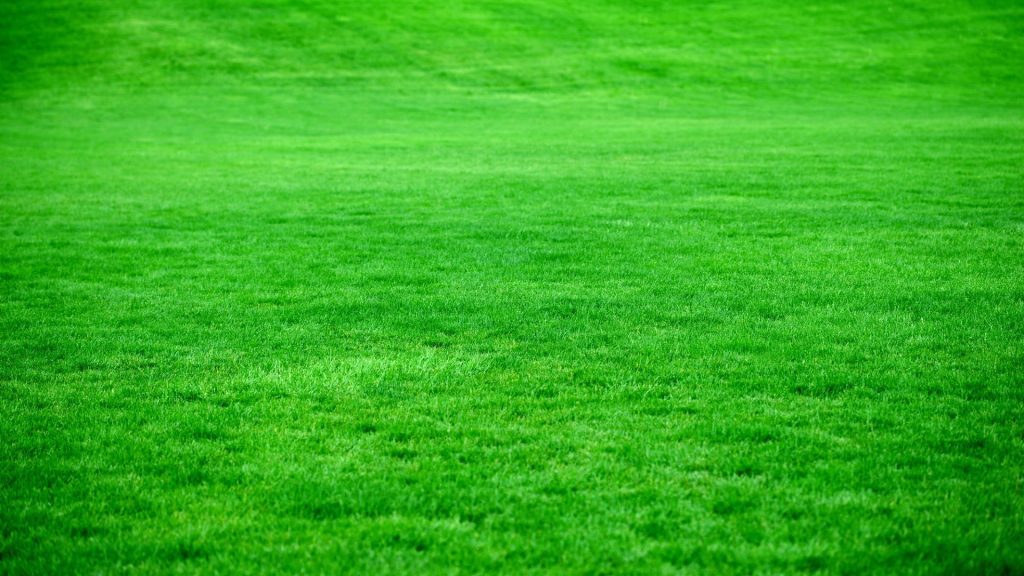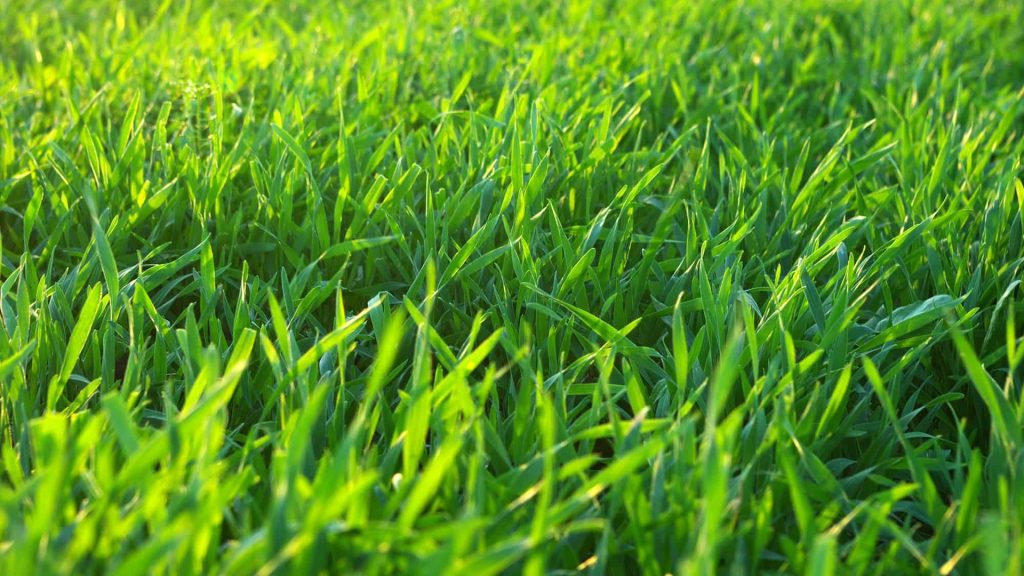
Liquid Lawn Aeration: Does It Work?
If you’re dealing with compacted soil, you should aerate your lawn. You can do this in various ways, such as with the use of a mechanical or liquid method.
What is liquid lawn aeration? This is when you use a liquid aeration product on your lawn so that its ingredients can break up and loosen the soil. This encourages more oxygen, nutrients, and water to reach the grass roots.
But, does liquid lawn aeration really work? Here’s everything you need to know about it and how to use it on your lawn.
How Does Liquid Lawn Aeration Work?

The process of liquid aeration basically involves mixing together the product with water, before spraying it over your lawn with a hose-end or garden sprayer. You have to ensure that you spray it all over the lawn, taking care to get it into all of its corners so that you achieve an even distribution of it.
There are lots of different liquid lawn aerator products on the market and they vary quite a bit, but generally, the active ingredient in them is sodium lauryl sulfate. This foams up – it’s what you’ll find in soap – and therefore it works well to break up soil particles so that you can loosen compacted soil.
Once you’ve applied the liquid aerator to your lawn, you will have to wait for a few weeks so that it has time to take effect. But, the good thing is that the results last a long time.
Liquid Lawn Aeration vs Other Aeration Methods
Using a liquid lawn aerator is just one way of aerating your lawn. There are other methods to know about. Let’s check them out.
Core Aeration

This is considered to be the most popular lawn aeration method. It makes use of a tool or machine that penetrates the ground to about two or three inches in depth and then pulls up plugs of soil.
This method is suitable for very compacted soil, leaving behind holes that encourage the growth of roots and giving grass greater contact with nutrients, water, and oxygen.
Pros
- This lawn aeration method mechanically pulls out soil plugs from the ground, spacing them out enough so that it doesn’t damage the lawn.
- Since it makes deep holes in the ground, core aeration ensures that you can enhance the root growth of your grass.
- It works quickly to relieve compacted soil in your garden.
Cons
- The results of core aeration do wane quicker than other types of lawn aeration.
- It leaves unsightly plugs of soil on your lawn, which you’re advised not to remove as these can provide the lawn with nutrients.
- Weeds can take hold in the holes you’ve made during core aeration if you haven’t applied pre-emergent herbicide.
Spike Aeration

By comparison, spike aeration tools make holes in the lawn but it doesn’t remove soil plugs from the ground. It actually pushes the soil deeper into the ground, which can be problematic if you’re dealing with heavily compacted soil.
It’s, therefore, best used on lawns that require a bit of aeration but don’t have serious problems with compaction. It can be useful when you want to achieve more access to the grass’s root system before you fertilize the soil or prepare it for overseeding.
Pros
- Spike aeration is more cost-effective than core lawn aeration, plus you can also DIY it.
- It produces less of a mess, as it doesn’t leave behind soil plugs on the lawn.
- It causes less disruption to the surface of the lawn as compared to core aeration.
Cons
- It doesn’t work well in larger areas.
- Since it can lead to more compaction, it can affect the ecosystem as a result of the increased use of fertilizer, as well as cause runoff and erosion.
Aerator Shoes
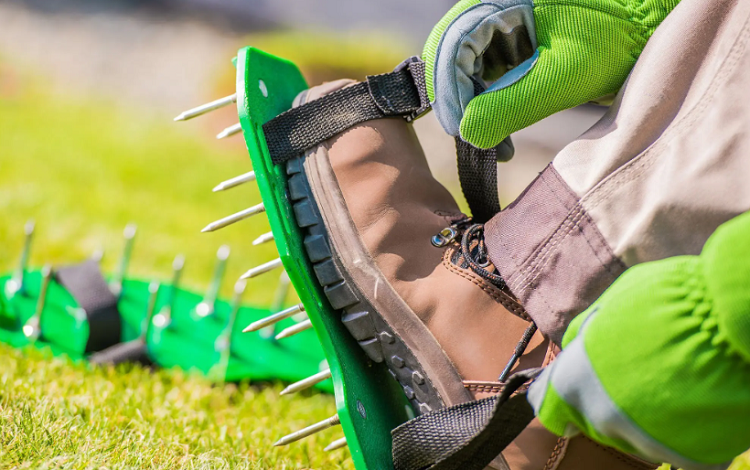
This is an interesting way of aerating your soil because it makes use of special shoes that have spikes on the bottom. You just have to walk all over your lawn to enable the spikes to make small holes in the ground.
Although this seems like an easy and convenient way of aerating your lawn, it’s not that effective because the spikes don’t reach deep into the ground.
Pros
- Aerating your lawn with the use of aerator shoes can feel convenient.
- These aerator shoes fit over most types of shoes.
- They come with adjustable straps.
Cons
- The shoe spikes are solid, not hollow, so they push soil to the side which can worsen soil compaction.
- They only work on small areas of the lawn at a time.
Liquid Lawn Aeration Pros & Cons

With the above in mind, let’s explore the advantages and disadvantages of liquid lawn aeration so you can see if it’s something you’d like to use in your own garden.
Pros
- It’s easy to apply – you don’t need special tools or equipment. For increased convenience, some liquid lawn aerators on the market come with spray attachments on their bottles so you can use them immediately. All you need to aerate your lawn with a liquid solution is the solution itself, and a sprayer.
- While core aeration involves making holes in the soil, which can leave untidy soil plugs on the surface of the lawn, liquid lawn aeration doesn’t do this.
- Liquid aeration prevents you from accidentally damaging sprinklers or other systems in your garden because you’re not poking holes in the ground.
- It can nourish your soil for improved grass and plant growth. Some liquid lawn aerators contain ingredients such as iron to boost the health of your soil so that it can be conducive to the growing of plants and grass. This isn’t the case with mechanical lawn aerators.
Cons
- It doesn’t give you immediate results. Unlike with core aeration, you won’t get instant results from using a liquid lawn aerator on your grass.
- It can be costly in the long run. Although you’ll have to fork out money to purchase a mechanical aerator, you won’t have to purchase one again. By comparison, you’ll have to purchase liquid lawn aerators regularly.
- It might not be the best method if you have a newly seeded lawn. This is because core aeration creates deep holes in the ground so that seeds you plant make better contact with the soil to germinate. This doesn’t occur when you use a liquid lawn aerator.
Does Liquid Lawn Aeration Damage Your Lawn?
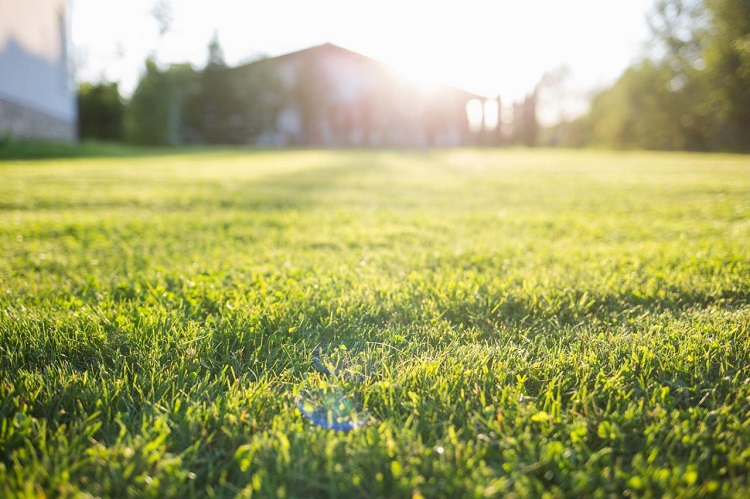
One of the things you might worry about when using a liquid lawn aerator is that its solution will be harmful to your grass or the environment.
The good thing about these products is that they contain natural ingredients which don’t pose a risk to your health, your kids, your pets, or your garden.
While you might think that applying a liquid lawn aerator to your soil might remove nutrients that are already in the soil, this type of product can actually make it easier for your grass to draw these nutrients from the soil.
These products are filled with ingredients to boost the nutrient-holding capacity of soil so that it can promote healthier growth.
When Should You Aerate Your Lawn?

The best time when you should aerate your lawn is during the fall. This is because the temperature is cool, there aren’t a lot of weeds present, and the grass is actively growing. This ensures that the grass will be able to make the most of the lawn aeration process.
Although spring isn’t the best time in which to aerate your lawn, you might choose to do it at this time, such as if your garden soil is so compacted that grass can’t grow properly.
How Regularly Should You Aerate Your Lawn?

Aerating your lawn isn’t something that you need to do regularly. If your lawn contains a lot of clay, it will benefit from being aerated twice a year.
By comparison, if you’re dealing with sandy soil, you only need to aerate your lawn once every two or three years. You can also just aerate certain areas of your lawn where there are soil compaction issues instead of the entire lawn.
To find out if you need to aerate your soil because it’s very compacted, you should push a screwdriver into your soil when it’s moist. Penetrate the soil up to about three inches in depth. If you can do this easily, then your soil isn’t too compacted.
If you have to use force to do it, then that’s a sign your soil is compacted and you should aerate it.
What Are Other Signs That You Should Aerate Your Lawn?

While testing the soil to see how compacted it is can help you figure out if you need to aerate your lawn, there are other signs that indicate you should.
- Your garden is susceptible to water runoff and puddling. This shows that the soil is compacted and it’s causing drainage issues.
- Your lawn grass is thinning or becoming brown in color. Compacted soil will cause this to happen because it prevents nutrients and water from getting to the grass’s roots.
- Your lawn has a thick layer of thatch, consider dethatching it. Thatch is organic debris that’s decaying, and it blocks grass from getting nutrients, water, and air.
- Your lawn is growing unevenly. If your grass looks healthy and green in some areas but brown or bare in others, then you’re dealing with some soil compaction.
- Your lawn experiences heavy foot traffic. If your lawn experiences lots of foot traffic or regularly has heavy equipment pulled across it, such factors can contribute to soil compaction.
What Should You Do Before Aerating Your Lawn?
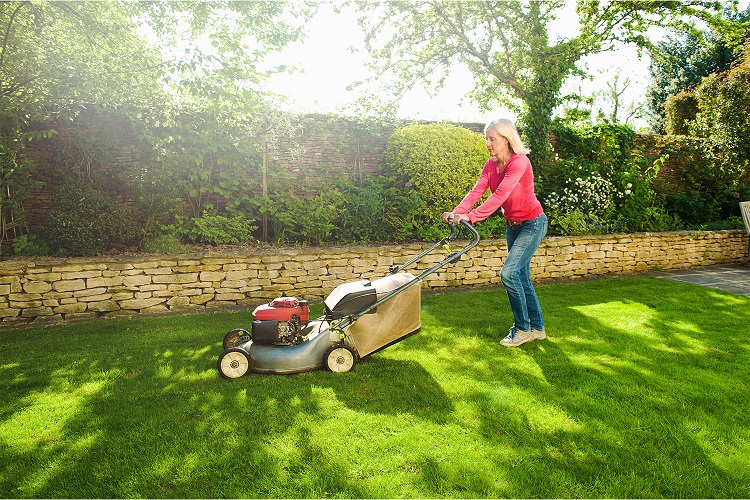
Make sure you mow your grass before you aerate it. You should also water it thoroughly about two days before aeration as this will help it to better penetrate the soil when it’s moist instead of dry.
This is the case whether you’re using a liquid or core aeration method.
What Should You Do After Lawn Aeration?
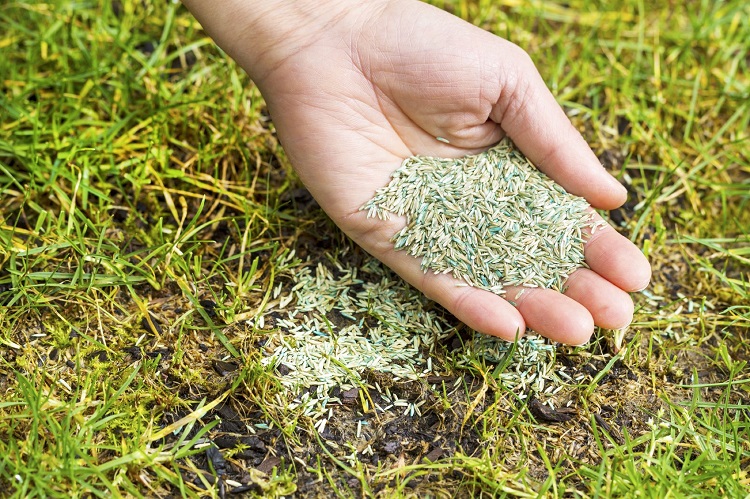
After aerating your lawn, this is the perfect time to overseed it. This is because you’ll have made spaces in it so that seeds will have better contact with the soil. If you’ve used a liquid lawn aerator, this also helps to nourish the soil so it will have the nutrients it needs for grass to grow.
Applying some fertilizer to the soil after you’ve aerated it can also help you to boost the quality of your soil, especially if you’re aerating your soil during the fall as this will prepare it for future grass growth. It also gives your soil a chance to become healthier a few weeks ahead of time when you want it to accommodate healthy new grass.
Related Questions
How long does it take for a liquid lawn aerator to work?
It can take between 45 and 60 days, but this varies according to the product you’ve purchased.
Does liquid lawn aeration remove thatch?
Liquid lawn aerators not only aerate your soil but can also help to reduce the amount of thatch you have in your lawn.
Conclusion
If you need to aerate your soil to encourage better grass growth, you have various methods you can try. Liquid lawn aeration is a technological advancement in the soil aeration market because it doesn’t require the use of heavy equipment or expensive tools. It’s an easy way to maintain you lawn.
All you need is a liquid lawn aeration solution and a garden sprayer. In this guide, we’ve looked at what you need to know about common lawn aeration methods and how liquid lawn aerators compare to them.
Resources:
